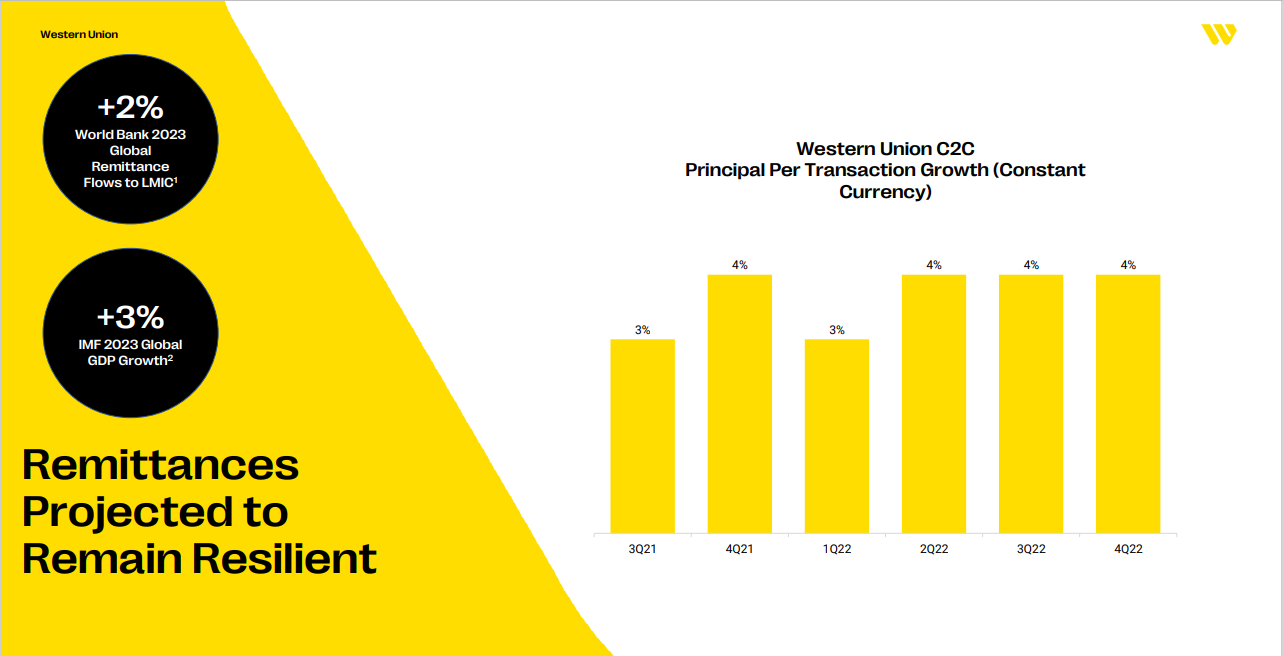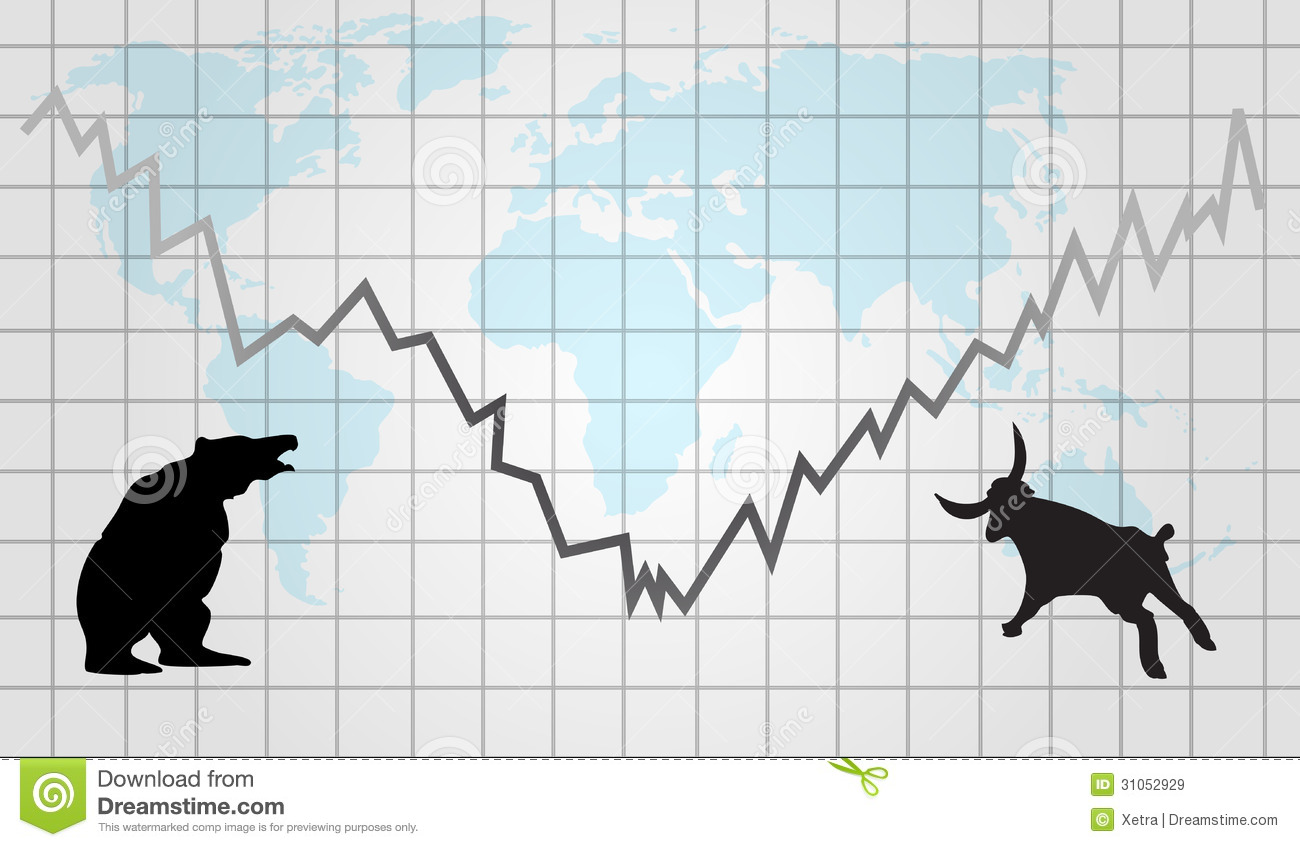
SNP500 futures can be used as a derivative of S&P 500. These contracts are traded on the NSE, also known as the INDIA NATIONAL STRTOCK EXCHANGE. You can buy or sell these contracts at a variety of brokerage firms and find a high-quality trading platform. In this article, we'll look at the basics of S&P 500 futures trading, including strategies, technical reports, and charts.
E-mini S&P 500 futures
E-mini S&P500 Futures trading offers many benefits. These contracts expire every quarter on the third Friday in March or June, September, September, and Dec. E-minis may be traded via a margin bank. Trades can be placed on any day of the week. The ticker symbol ES denotes the contract.
E-mini S&P500 futures can be traded quarterly, with three months of trading, March, June and Dec. Investors can also use this type futures to protect macro exposure and capitalise on S&P 500 Index movements. Traders have the ability to trade around market-moving events such as the U.S. Jobs report, quarterly earnings reports and the FOMC statements. There is an E-mini S&P 500 Futures contract that can be used to trade stocks or commodities.

S&P 500 index
S&P 500 futures are a good option if you want to gain exposure to the wider market. Futures can be complicated to understand despite the many benefits they offer. To help you navigate the market and make the right decisions, we'll go over the basics of trading these contracts. Read on to learn more.
Both the traditional E-mini S&P and the new Micro E-mini S&P options are based on S&P 500 Index futures. They trade on the Chicago-based CME Group Exchange. These futures have the highest liquidity and are some of the most liquid in the world. They can be traded on the Chicago-based CME Group exchange. Professional traders use S&P-based futures to hedge their portfolios and protect their portfolios against unexpected market downturns.
Trading platforms
Trading in SNP500 futures can be an effective way to diversify your investment portfolio. E-mini contracts can be listed for 9 consecutive quarters, and 3 additional December contract months. These E-minis are also tax-efficient and a convenient way to manage global equity exposure. But how do you choose the best trading platform for you? Below are some of the many benefits of Emini futures. Before you decide which trading platform works best for you. Make sure it is regulated through the CFTC.
TD Ameritrade: TD Ameritrade is a great choice for futures and options traders. This broker has a high tech desktop trading platform that supports all types and brokerage accounts. The broker also offers a mobile app and no minimum balance. It also provides educational resources and tools. TD Ameritrade also offers the most affordable way to trade futures.

S&P 500 futures: Interest
Although investors were taken by surprise by the recent rally in stocks, it has helped drive stock markets higher. Since May 2009, short interest in S&P 500 futures is growing. The rally is due to greater investor confidence, a neutral Chicago Mercantile Exchange position, and the strong individual value of the Nasdaq 100. It does not come without its challenges. These issues will be addressed in this article.
S&P 500 futures derivative contracts are a great way for you to hedge against possible downsides to stock investments. These contracts are closely watched by investors because they provide a reliable indicator of market movements. Investors can also speculate on future changes in the index. Chicago Mercantile Exchange provides futures on S&P 500. This makes S&P 500 futures one of the most liquid types of futures in the U.S.
FAQ
What are the advantages of investing through a mutual fund?
-
Low cost - buying shares directly from a company is expensive. It's cheaper to purchase shares through a mutual trust.
-
Diversification: Most mutual funds have a wide range of securities. The value of one security type will drop, while the value of others will rise.
-
Professional management – professional managers ensure that the fund only purchases securities that are suitable for its goals.
-
Liquidity - mutual funds offer ready access to cash. You can withdraw your money at any time.
-
Tax efficiency – mutual funds are tax efficient. As a result, you don't have to worry about capital gains or losses until you sell your shares.
-
No transaction costs - no commissions are charged for buying and selling shares.
-
Mutual funds can be used easily - they are very easy to invest. All you need to start a mutual fund is a bank account.
-
Flexibility - you can change your holdings as often as possible without incurring additional fees.
-
Access to information – You can access the fund's activities and monitor its performance.
-
Investment advice - you can ask questions and get answers from the fund manager.
-
Security – You can see exactly what level of security you hold.
-
Control - you can control the way the fund makes its investment decisions.
-
Portfolio tracking - you can track the performance of your portfolio over time.
-
Easy withdrawal: You can easily withdraw funds.
Investing through mutual funds has its disadvantages
-
Limited selection - A mutual fund may not offer every investment opportunity.
-
High expense ratio: Brokerage fees, administrative fees, as well as operating expenses, are all expenses that come with owning a part of a mutual funds. These expenses will reduce your returns.
-
Lack of liquidity - many mutual fund do not accept deposits. They must be bought using cash. This limit the amount of money that you can invest.
-
Poor customer service - There is no single point where customers can complain about mutual funds. Instead, you should deal with brokers and administrators, as well as the salespeople.
-
Rigorous - Insolvency of the fund could mean you lose everything
Who can trade in the stock market?
The answer is everyone. However, not everyone is equal in this world. Some have greater skills and knowledge than others. They should be rewarded for what they do.
Trading stocks is not easy. There are many other factors that influence whether you succeed or fail. You won't be able make any decisions based upon financial reports if you don’t know how to read them.
This is why you should learn how to read reports. It is important to understand the meaning of each number. And you must be able to interpret the numbers correctly.
You will be able spot trends and patterns within the data. This will assist you in deciding when to buy or sell shares.
This could lead to you becoming wealthy if you're fortunate enough.
How does the stock exchange work?
When you buy a share of stock, you are buying ownership rights to part of the company. A shareholder has certain rights over the company. He/she is able to vote on major policy and resolutions. He/she can seek compensation for the damages caused by company. He/she also has the right to sue the company for breaching a contract.
A company can't issue more shares than the total assets and liabilities it has. It is known as capital adequacy.
A company with a high capital sufficiency ratio is considered to be safe. Low ratios can be risky investments.
How do I choose a good investment company?
You want one that has competitive fees, good management, and a broad portfolio. Fees vary depending on what security you have in your account. Some companies don't charge fees to hold cash, while others charge a flat annual fee regardless of the amount that you deposit. Others may charge a percentage or your entire assets.
It's also worth checking out their performance record. Poor track records may mean that a company is not suitable for you. Avoid companies that have low net asset valuation (NAV) or high volatility NAVs.
You also need to verify their investment philosophy. To achieve higher returns, an investment firm should be willing and able to take risks. If they're unwilling to take these risks, they might not be capable of meeting your expectations.
What is the purpose of the Securities and Exchange Commission
The SEC regulates securities exchanges, broker-dealers, investment companies, and other entities involved in the distribution of securities. It enforces federal securities laws.
Statistics
- Our focus on Main Street investors reflects the fact that American households own $38 trillion worth of equities, more than 59 percent of the U.S. equity market either directly or indirectly through mutual funds, retirement accounts, and other investments. (sec.gov)
- US resident who opens a new IBKR Pro individual or joint account receives a 0.25% rate reduction on margin loans. (nerdwallet.com)
- For instance, an individual or entity that owns 100,000 shares of a company with one million outstanding shares would have a 10% ownership stake. (investopedia.com)
- Individuals with very limited financial experience are either terrified by horror stories of average investors losing 50% of their portfolio value or are beguiled by "hot tips" that bear the promise of huge rewards but seldom pay off. (investopedia.com)
External Links
How To
How to Trade in Stock Market
Stock trading is a process of buying and selling stocks, bonds, commodities, currencies, derivatives, etc. The word "trading" comes from the French term traiteur (someone who buys and sells). Traders purchase and sell securities in order make money from the difference between what is paid and what they get. This is the oldest form of financial investment.
There are many ways you can invest in the stock exchange. There are three basic types: active, passive and hybrid. Passive investors only watch their investments grow. Actively traded investors seek out winning companies and make money from them. Hybrid investor combine these two approaches.
Index funds that track broad indexes such as the Dow Jones Industrial Average or S&P 500 are passive investments. This approach is very popular because it allows you to reap the benefits of diversification without having to deal directly with the risk involved. All you have to do is relax and let your investments take care of themselves.
Active investing is about picking specific companies to analyze their performance. An active investor will examine things like earnings growth and return on equity. Then they decide whether to purchase shares in the company or not. If they believe that the company has a low value, they will invest in shares to increase the price. On the other side, if the company is valued too high, they will wait until it drops before buying shares.
Hybrid investment combines elements of active and passive investing. A fund may track many stocks. However, you may also choose to invest in several companies. In this instance, you might put part of your portfolio in passively managed funds and part in active managed funds.